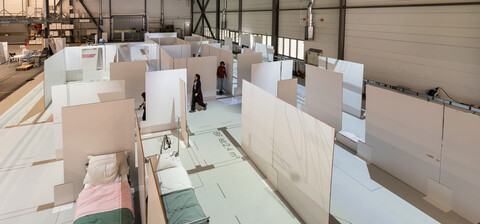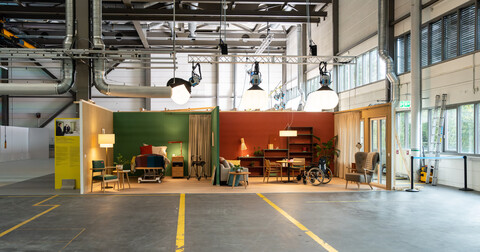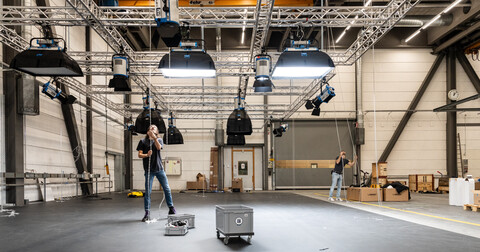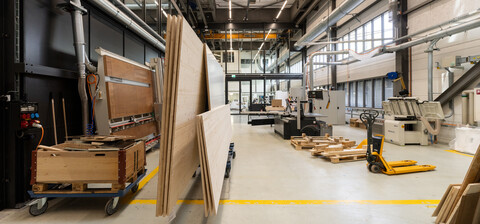Analysis
Why is a professional analysis important?
Successful design begins with good, solid data. Our analyses reveal the ways that spaces, processes and materials affect users – and where potentials for improvement lie.
Benefits for you:
- Objective assessment of the current situation
- Identification of weaknesses and opportunities
- Sound basis for decision-making
- Measurable improvements
Signage, guidance systems / Information design / Interaction design
The transmission of information and ideas that are presented graphically and swiftly perceived and understood – this is visual communication. We see it everywhere, all the time: in the form of signage in buildings, of signs and markings indicating a route in a city, an informational chart on a website, a poster campaign in public spaces.
Architecture, interior design / Urban planning, public spaces / Product design
The built environment encompasses not only architecture but also the places around it, the front yards or gardens, interior courtyards or shaped urban spaces. These places, and the objects and products within them were and are formed by us, by people, and, at the same time, they form the environment in which we live.
Service design / Organisation design
A service, a system, a process: these are not things that simply come into being. They need to be shaped, and they need to be continuously reshaped or refined. Only by consistently taking their users’ perspective into account, can one guarantee their alignment with the needs and expectations of those users. This approach results in needs-oriented systems, processes and services – and occasionally in changes that may involve the entire organisation.
Who we do analyses for
Diverse target groups, individualised approach:
- Health institutions: optimisation of patient experiences and workflows
- Planners and designers: sound body of evidence on which to base designs
- Builders and public authorities: well-founded decision-making on investments
- Industry and economy: analysis of production processes
- Associations and advocacy organisations: solid base of data to support argumentation
- Universities: collaborative research and research validation
What we deliver
- Detailed analysis reports: Clear presentation of findings, oncrete recommendations, priority matrix for improvements, innovative approaches
- Identification of best practices: Identification of innovation potentials, adaptation to specific needs, solid base of supporting evidence
- Sound scientific data: Measurable success indicators, clear and logical lines of argument
Process and terms
Individualised project design: time frame and content are determined jointly – based on the question to be addressed and your requirements.
Transparent cost structuring: fair pricing based on your specific requirements. We would be delighted to draw up a concrete offer for you.
In-person consulting: contact us to arrange a non-binding initial consultation. We will discuss your challenges and work with you to develop the optimal analytical approach.





